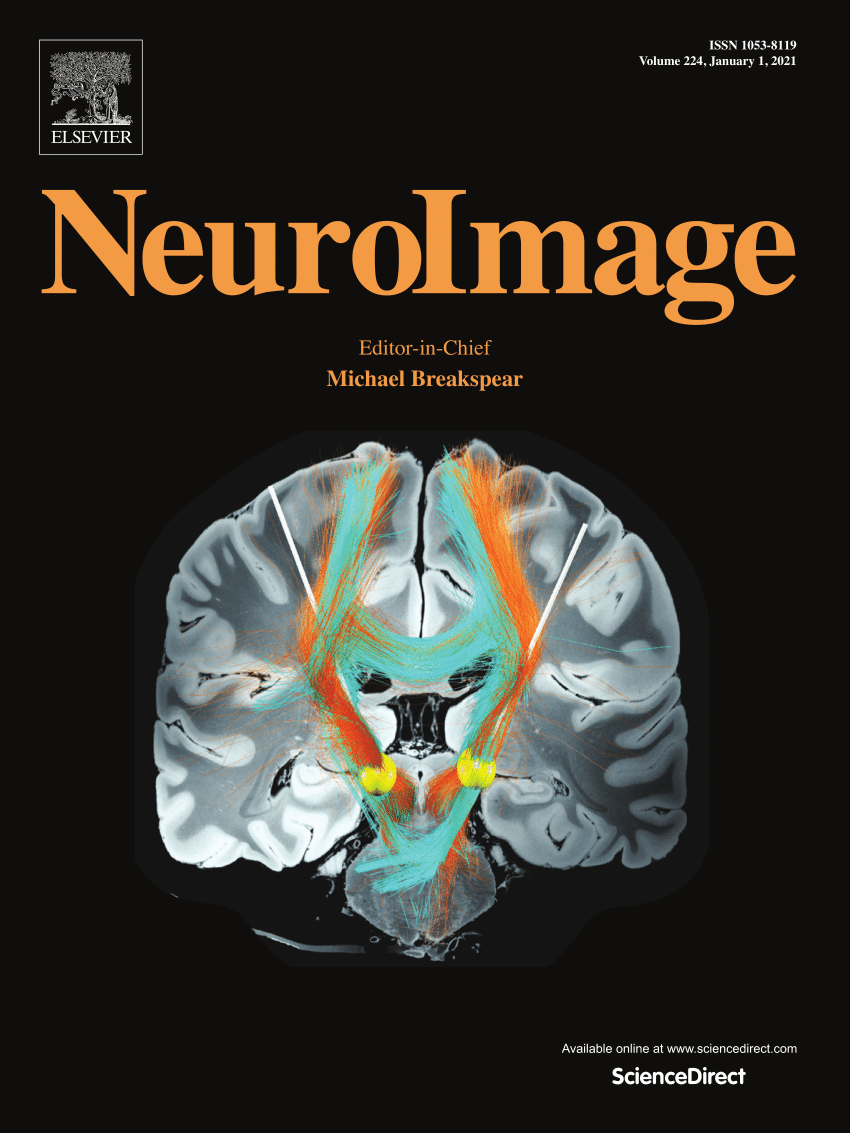Source imaging method based on diagonal covariance bases and its applications to OPM-MEG
Abstract
Magnetoencephalography (MEG) is a noninvasive imaging technique used in neuroscience and clinical research. The source estimation of MEG involves solving a highly underdetermined inverse problem, which requires additional constraints to restrict the solution space. Traditional methods tend to obscure the extent of the sources. However, an accurate estimation of the source extent is important for studying brain activity or preoperatively estimating pathogenic regions. To improve the estimation accuracy of the extended source extent, the spatial constraint of sources is employed in the Bayesian framework. For example, the source is decomposed into a linear combination of validated spatial basis functions, which is proved to improve the source imaging accuracy. In this work, we further construct the spatial properties of the source using the diagonal covariance bases (DCB), which we summarize as the source imaging method SI-DCB. In this approach, specifically, the covariance matrix of the spatial coefficients is modeled as a weighted combination of diagonal covariance basis functions. The convex analysis is used to estimate noise and model parameters under the Bayesian framework. Extensive numerical simulations showed that SI-DCB outperformed five benchmark methods in accurately estimating the location and extent of patch sources. The effectiveness of SI-DCB was verified through somatosensory stimulation experiments performed on a 31-channel OPM-MEG system. The SI-DCB correctly identified the source area where each brain response occurred. The superior performance of SI-DCB suggests that it can provide a template approach for improving the accuracy of source extent estimations under a sparse Bayesian framework.

 求助内容:
求助内容: 应助结果提醒方式:
应助结果提醒方式:


